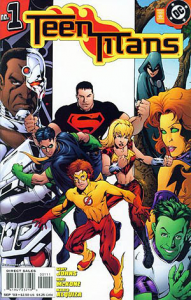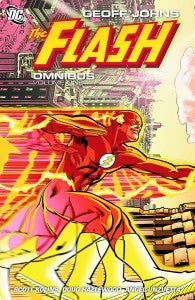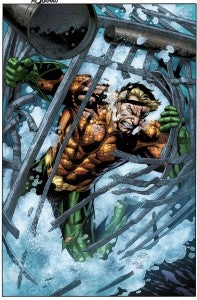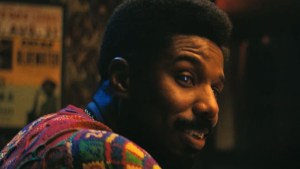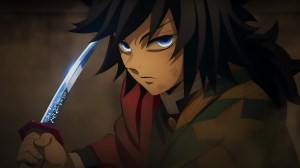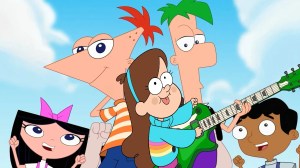Since appearing on the scene a little more than ten years ago, DC Entertainment Chief Creative Officer Geoff Johns has become a household name to comic book fans, crafting a nearly decade-long run on Green Lantern that’s changed completely the way the character is perceived both by readers and the publisher (who now treat Hal Jordan and friends as A list heroes).But before and during his time on Green Lantern, the writer had a series of other notable runs widely considered to be among the best on the characters in question. His success on Green Lantern tends to overshadow the others, but it quickly becomes clear that the reason he’s picked for projects like Vibe in spite of their relatively limited appeal to other media is that he’s able to take also-ran characters who are widely ignored or mocked and turn them into something that the average reader cares about, often by making one or two major tweaks to the character’s backstory that changes the way s/he’s viewed.And, yes, for the sake of getting another notable title on the list, we’re omitting Green Lantern. Since the list occurred to us as he’s leaving GL and everyone’s taking stock of that run, it seemed silly to include it. You can just take it as read that Johns’s Green Lantern is as good as or better than most or all of these.
Geoff Johns’s Top Five Best Runs
Since appearing on the scene a little more than ten years ago, DC Entertainment Chief Creative […]



